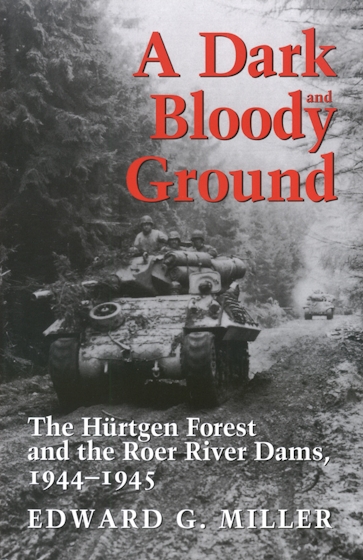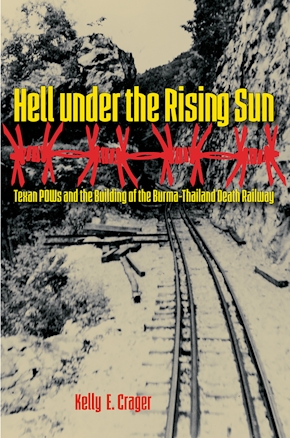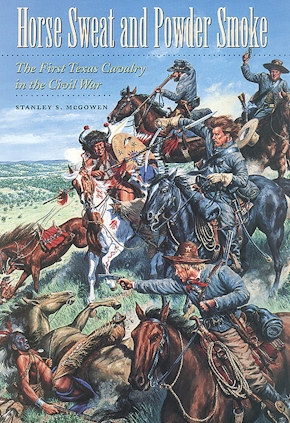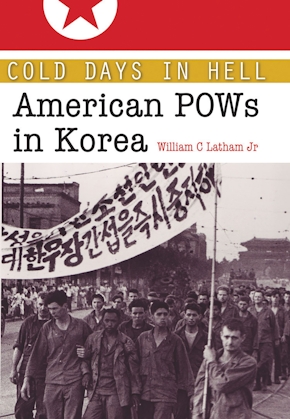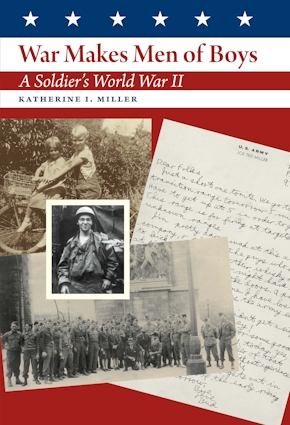A Dark and Bloody Ground
The Hürtgen Forest and the Roer River Dams, 1944-1945
978-1-58544-258-4 Paperback
6.12 x 9.25 x 0 in
270 pp. 22 b&w photos., 7 maps.
Pub Date: 01/14/2003
Available
In late 1944, American forces advanced into the hilly, heavily wooded Hürtgen Forest southeast of Aachen, Germany. For weeks, without a clear-cut reason for attacking through the forest, U.S. commanders nevertheless ordered units of as many as seven divisions into the woods to be chewed up by German infantry and artillery. Small units, cut off by the rugged terrain and trees, unable to employ tanks or artillery effectively, fought entrenched and camouflaged Germans in the woods and villages of the region. The troops were exposed to rain, sleet, and freezing temperatures without proper winter clothing. Many companies suffered huge numbers of casualties.
The Battle of the Bulge interrupted the Hürtgen Forest battles but did not end them. The Bulge provided a hiatus for the wartorn countryside around the forest and the Roer River dams. Then, beginning in January, 1945, American forces resumed their offensive and were finally able to break through after one of the bloodiest and, for the U.S. Army, most disastrous campaigns of World War II.
For many years after the war the full extent of the disaster was not well known outside army circles. Eventually the story of the campaign spread, but it remained overshadowed by the fame of the Bulge. Only in the last decade have military historians begun to look at the fighting in the Hürtgen Forest.
The book examines uncertainty of command at the army, corps, and division levels and emphasizes the confusion and fear of ground combat at the level of company and battalion—"where they do the dying." Its gripping description of the battle is based on government records, a rich selection of first-person accounts from veterans of both sides, and author Edward G. Miller's visits to the battlefield. The result is a compelling and comprehensive account of small-unit action set against the background of the larger command levels.
The book's foreword is by retired Maj. Gen. R. W. Hogan, who was a battalion commander in the forest.
Williams-Ford Texas A&M University Military History Series
About the Author
Reviews
Published by Texas A&M University Press
